Event Video Production for Government: Case Studies and Best Practices
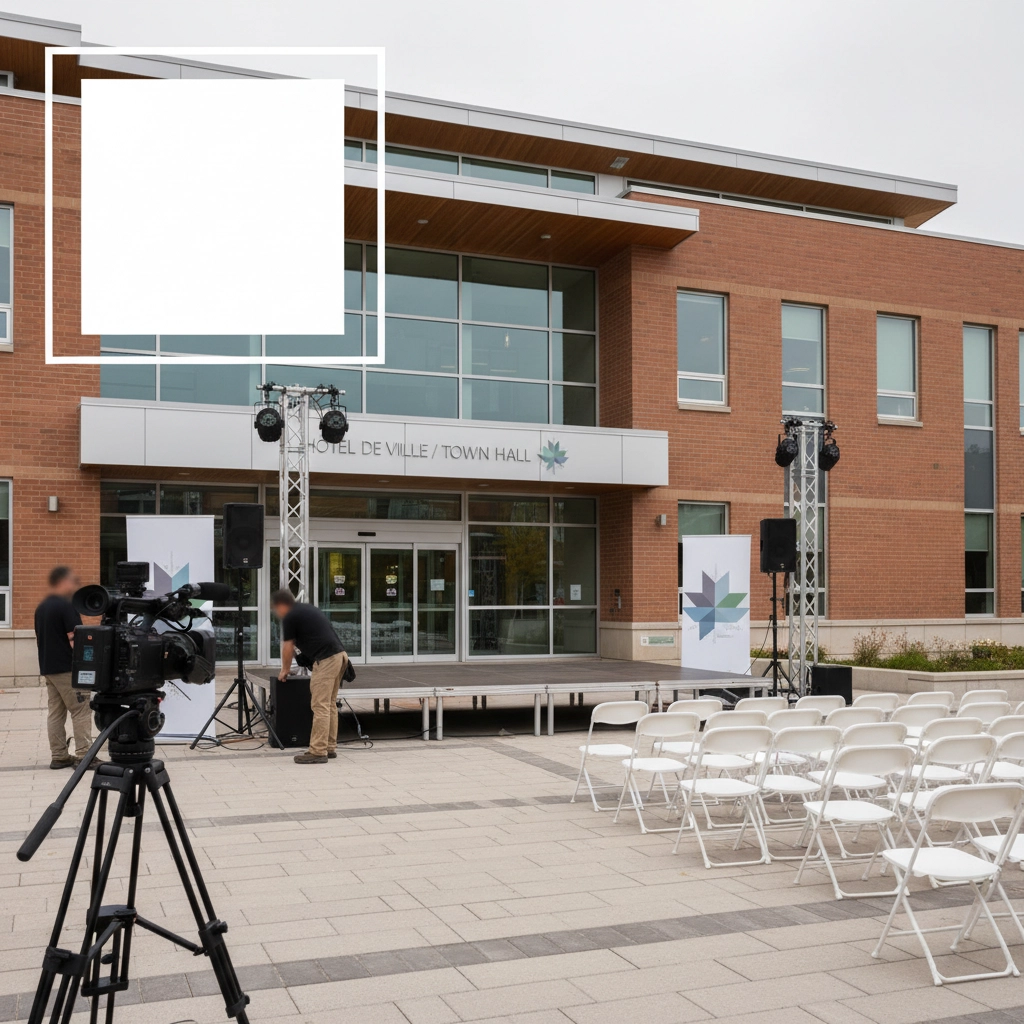
Let's be honest, government events don't exactly scream "must-watch content," right? Town halls, budget meetings, policy announcements... these aren't typically the kinds of videos people eagerly share on social media. But here's the thing: when done right, government event video production can actually bridge that gap between bureaucracy and real human connection.
Whether you're documenting a city council meeting or capturing a community outreach event, video has become the secret weapon for making government more accessible and transparent. And trust me, after working with countless government agencies, we've seen firsthand how the right video strategy can turn boring civic duty into genuine public engagement.
Why Government Event Videos Actually Matter
Think about it, when was the last time you sat through a three-hour city council meeting? Exactly. But would you watch a well-edited 10-minute highlight reel that covers the key decisions affecting your neighborhood? You bet you would.
Government video production isn't just about documentation anymore. It's about creating content that actually serves your community, builds trust, and, let's be real, shows that your agency isn't stuck in 1995. The citizens you serve are consuming video content everywhere else in their lives. Why should government communication be any different?
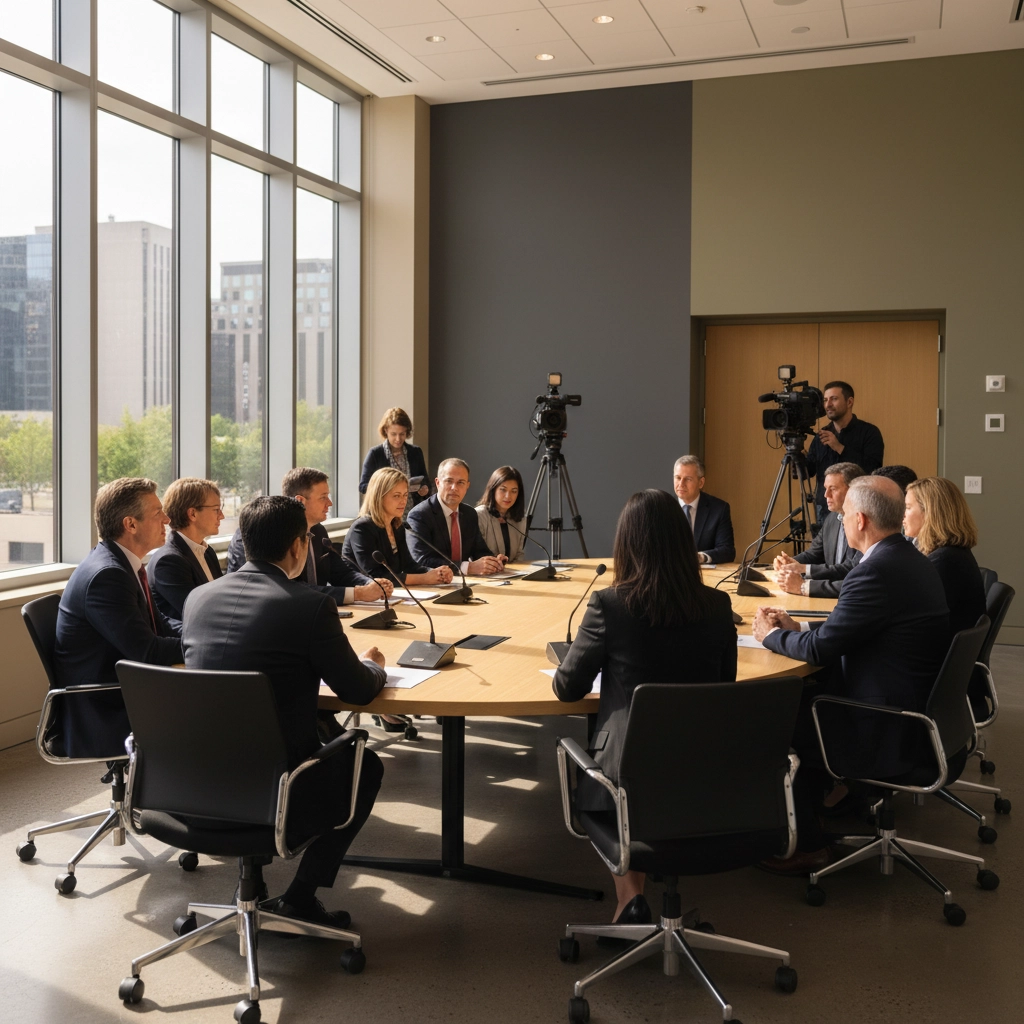
Real-World Success Stories That'll Inspire You
Fairfax County's Crisis Communication Win
During COVID-19, Fairfax County's Department of Family Services faced a challenge we all recognize: how do you reassure people that essential services are still available when everything feels uncertain? Instead of sending out boring press releases, they got creative.
They interviewed assault survivors about their experiences with domestic and sexual violence services, creating three different videos that reached thousands of residents. The result? Not only did they maintain crucial community connections during a crisis, but they also earned additional matching grants to translate their content into five languages. Now that's what I call maximum impact.
Arlington's Housing Authority Hits a Home Run
The Arlington Partnership for Affordable Housing (APAH) spent six months creating a comprehensive video series that tackled multiple communication needs at once. They needed to engage donors, raise community awareness, celebrate partnerships, and share success stories across different city locations.
Here's where it gets impressive: their strategic use of these videos in fundraising efforts helped them raise over $830,000, the highest amount in their 30-year history. When video production pays for itself like that, you know you're doing something right.
Alliance for Safety and Justice Gets Personal
The bipartisan Heal the Vote campaign centered on crime survivor voices, collecting over 132 authentic video stories. These weren't polished, corporate-style testimonials, they were real people sharing real experiences. The result? 10,000 views and 4,000 people taking the #HealTheVote pledge.
The takeaway here? Authenticity beats perfection every single time.
Best Practices That Actually Work
Start With Your "Why" (And Make It Human)
Before you even think about cameras and lighting, ask yourself: what change do you want to see in your community? Are you trying to increase participation in town halls? Help residents understand a new policy? Build trust after a controversial decision?
Your "why" should always come back to serving the people you represent. When that's your north star, everything else falls into place.
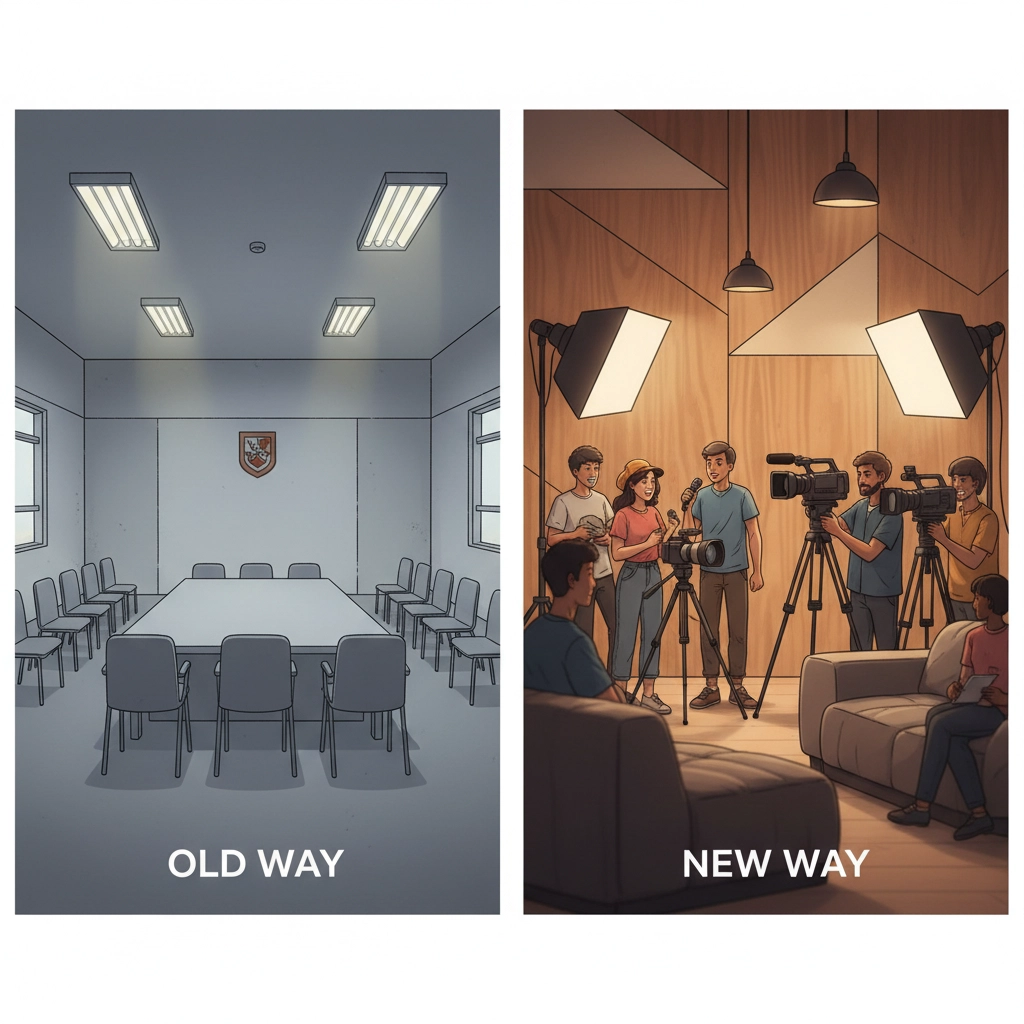
Quality Matters More Than You Think
Here's some tough love: smartphone videos might work for your personal Instagram, but they won't cut it for official government content. Citizens expect a certain level of professionalism from their government, and grainy, shaky footage sends the wrong message.
Investing in proper equipment, professional cameras, quality microphones, adequate lighting, isn't vanity. It's about respect. Respect for your message, respect for your audience, and respect for the democratic process you're documenting.
Audio is Everything
You can forgive slightly imperfect video, but bad audio will make viewers click away faster than you can say "budget allocation." Make sure speakers are close to microphones, test your audio levels beforehand, and always have backup recording devices.
Trust us on this one, we've salvaged too many events where the only usable audio came from a backup recorder tucked in someone's pocket.
Plan for Multiple Formats
Not everyone consumes content the same way. Some people want to watch the full two-hour meeting, others need a five-minute summary, and busy parents might only have time for a 30-second social media clip.
Plan your production with multiple outputs in mind:
- Full-length documentation for transparency
- Highlight reels for broader engagement
- Social media snippets for maximum reach
- Accessible versions with captions and translations
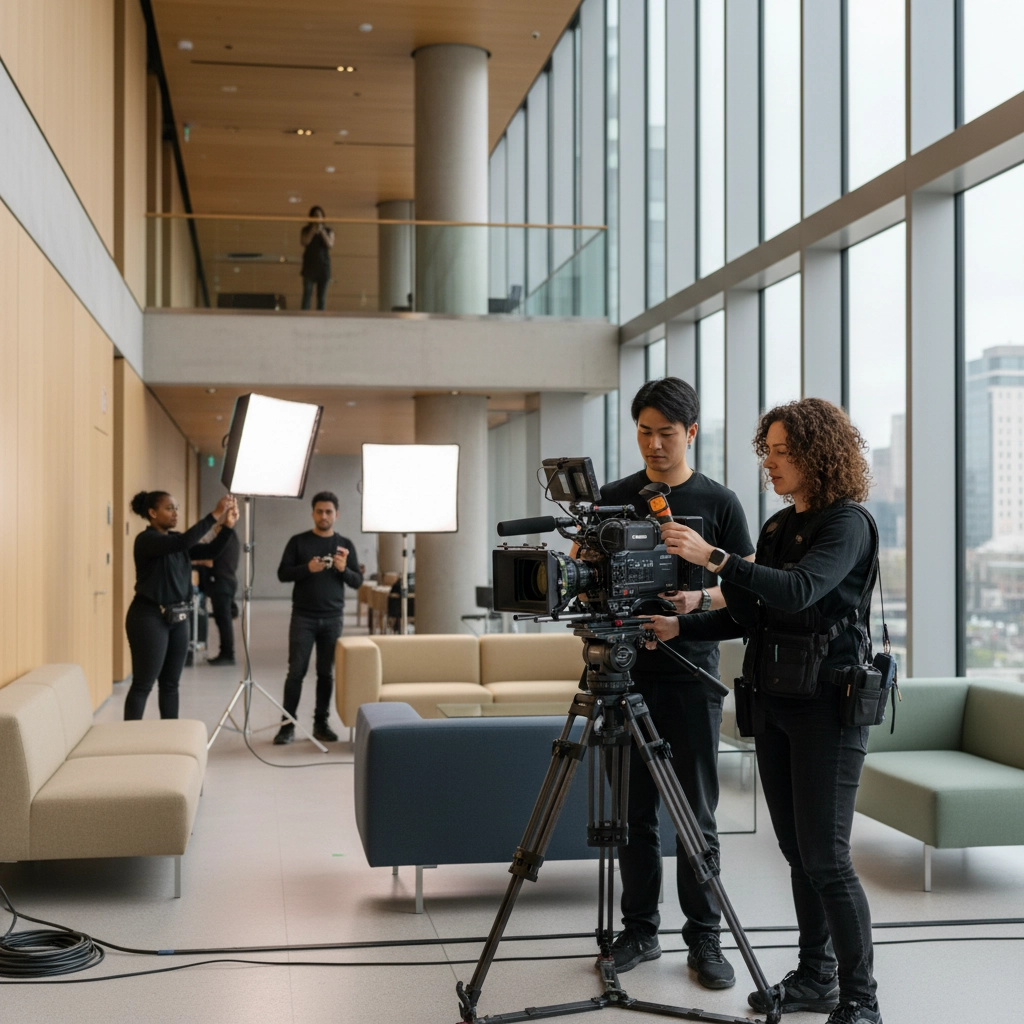
Technical Stuff (Without the Headaches)
Bandwidth is Your Best Friend
Nothing kills the credibility of a live-streamed government meeting like choppy, pixelated video. Work with your IT department to ensure you have adequate streaming bandwidth. If your video looks like it's from 2003, people will assume your policies are from that era too.
Lighting Makes Everyone Look Good
Good lighting isn't about vanity, it's about accessibility. When viewers can clearly see speakers' faces and expressions, it creates connection and trust. Avoid backlighting (nobody wants to watch silhouettes make budget decisions), and make sure your setup is stable.
Have a Backup Plan
Equipment fails. Internet goes down. Microphones cut out. The most successful government video productions always have backup plans. Multiple cameras, redundant audio recording, alternative streaming platforms, whatever it takes to ensure the show goes on.
Making Content That Citizens Actually Want to Watch
Keep It Human
Government jargon is the enemy of engagement. Translate bureaucratic language into terms real people use. Instead of "implementing fiscal responsibility measures," try "making sure taxpayer money is spent wisely." Your community will thank you.
Tell Stories, Don't Just Share Facts
People connect with stories, not statistics. When discussing a new park project, don't just talk about square footage and budget allocations. Show how it'll impact families, highlight the community members who advocated for it, share the vision of kids playing where there used to be an empty lot.
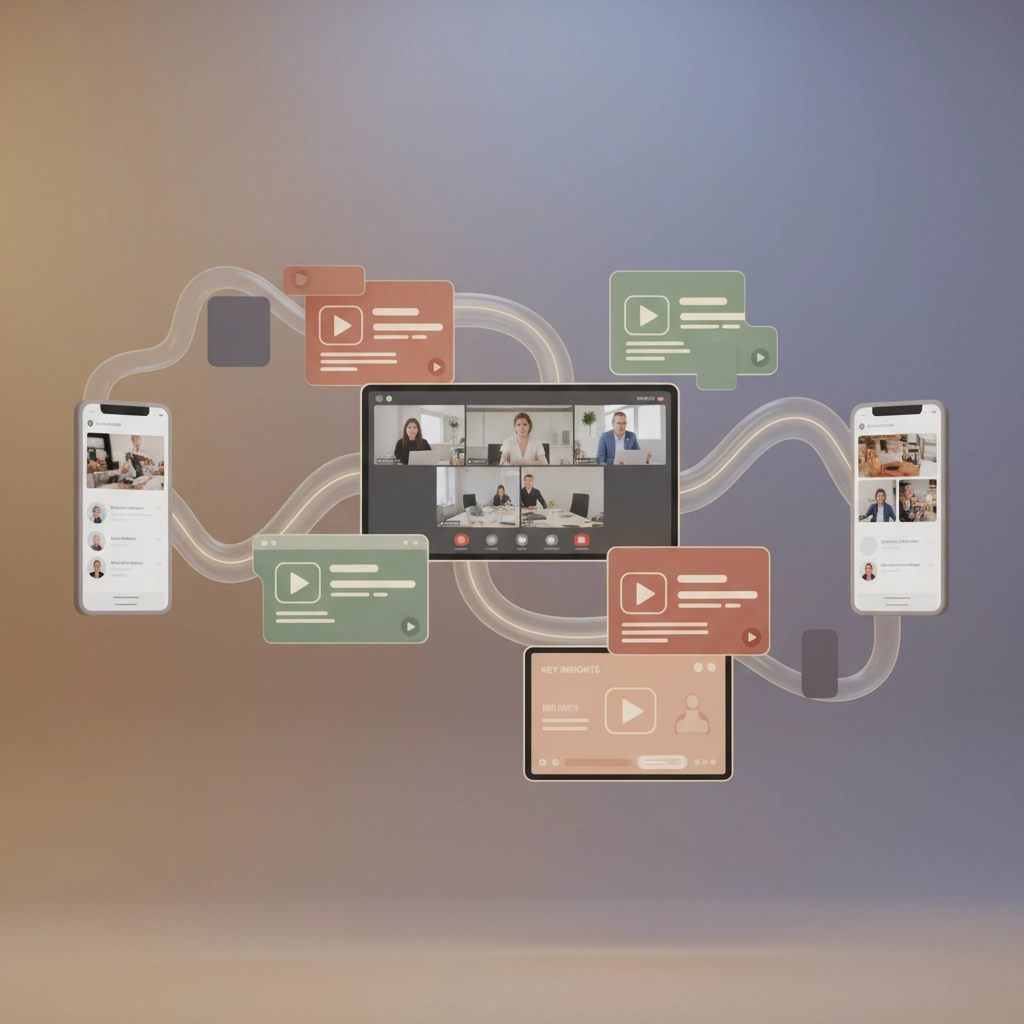
Embrace Authenticity Over Perfection
Some of the most powerful government videos we've produced included unscripted moments, a city council member's genuine emotion when discussing a community issue, or an unexpected moment of humor during a budget meeting. These human moments build trust more effectively than any perfectly scripted presentation.
The Future is Now (And It's Video)
Government communication is evolving rapidly, and video is leading the charge. Citizens expect transparency, accessibility, and engagement from their representatives. Video production isn't just a nice-to-have anymore, it's essential for effective governance in the digital age.
The agencies that embrace this shift will build stronger community connections, improve public participation, and create more accountable, transparent government. Those that don't? Well, they'll be left wondering why their community meetings feel more like echo chambers.
Ready to Transform Your Government Communication?
Look, we get it. Video production can feel overwhelming, especially when you're already juggling a million other responsibilities. But here's the thing: you don't have to figure this out alone.
At North Brothers Films, we've helped government agencies across the region create compelling, effective video content that actually serves their communities. From live-streaming capabilities to comprehensive event documentation, we've got the experience and equipment to make your vision a reality.
Ready to see what professional government video production can do for your agency? Let's chat about your specific needs and how we can help you connect with your community in ways that actually matter.
Get in touch with us today and let's start planning your next government video project. Your community is waiting to hear from you: let's make sure they can see and hear you clearly.
